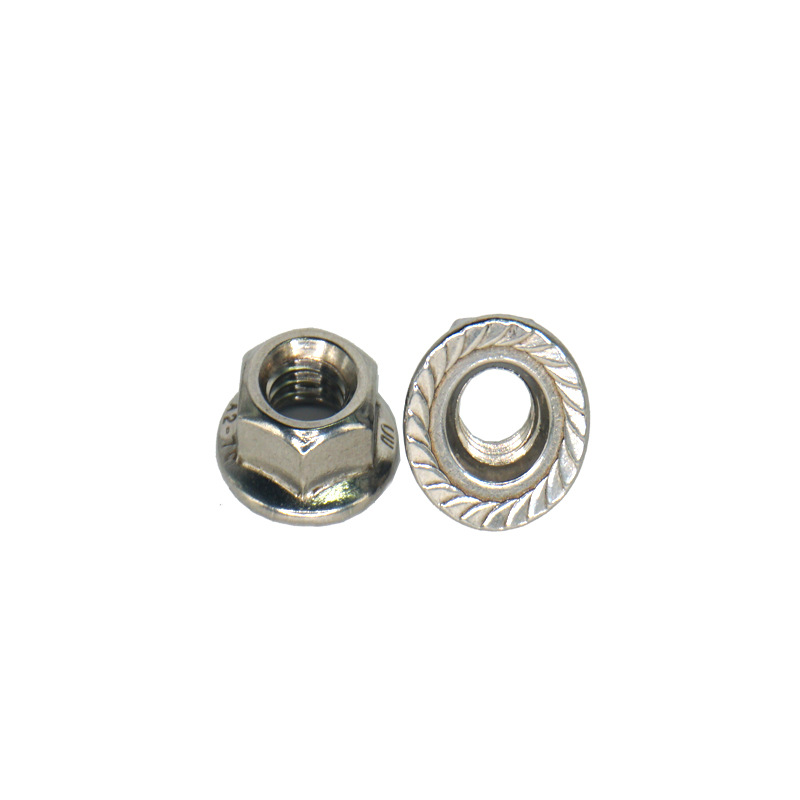

din 127 spring washer
Th10 . 10, 2024 07:41 Back to list
din 127 spring washer
Understanding DIN 127 Spring Washers An Essential Component in Mechanical Engineering
In the world of mechanical engineering, the importance of small components often goes unnoticed. Among these, spring washers play a crucial role in the integrity and longevity of various assemblies. One specific type, known as DIN 127 spring washers, has become a staple in many engineering applications due to their unique design and functional benefits.
What is a DIN 127 Spring Washer?
DIN 127 spring washers are characterized by their unique shape, which features a conical form that allows them to exert a load in a specific manner. The term DIN refers to the German Institute for Standardization (Deutsches Institut für Normung e.V.), which sets forth guidelines and standards for manufacturing and materials, ensuring quality and consistency across industries. The DIN 127 standard specifies the dimensions, tolerances, and properties of spring washers, making them interchangeable across various applications.
These washers are typically made from high-carbon steel or stainless steel, allowing them to withstand significant stress and environmental factors. They can be plated with various coatings to improve corrosion resistance, making them suitable for a wide range of applications.
Functionality and Applications
The primary function of a DIN 127 spring washer is to maintain tension in bolted or screwed assemblies. By applying a constant force, these washers prevent self-loosening and ensure tight connections. This is particularly important in environments subjected to vibration, shock, or dynamic loads, where traditional flat washers might fail over time.
DIN 127 spring washers are widely used across different sectors, including automotive, aerospace, construction, and machinery. In the automotive industry, for example, they can be found in engine components, suspension systems, and body panels. In more critical aerospace applications, they help secure structural elements and ensure safety during operation.
Advantages of Using DIN 127 Spring Washers
din 127 spring washer

1. Prevention of Loosening One of the primary advantages of DIN 127 spring washers is their ability to maintain a firm grip on bolts and screws. This is essential in high-vibration environments where other fastening methods might loosen over time.
2. Easy Installation These washers can be installed without any special tools or adjustments, making them user-friendly and efficient for assembly lines.
3. Cost-Effective Solution With their durability and effectiveness, DIN 127 spring washers provide a cost-effective solution for maintaining secured joints without requiring frequent replacements.
4. Versatility These washers can be used in a variety of applications, from household appliances to heavy machinery, making them an essential part of many industrial processes.
Choosing the Right DIN 127 Spring Washer
When selecting a DIN 127 spring washer, it's important to consider factors such as the material, size, and intended application. The load ratings and stress requirements will determine the appropriate specifications for your project. Additionally, considerations for environmental factors such as moisture and temperature can impact the washer's material selection, as certain steels may corrode in humid conditions.
Conclusion
In summary, DIN 127 spring washers are integral components in various engineering applications, providing a reliable means to secure connections under stress. Their standardized design ensures compatibility and ease of use across different sectors, making them a preferred choice for many engineers and designers. As industries continue to evolve and advance, the role of such small but vital components as DIN 127 spring washers remains indispensable, ensuring the safety and reliability of mechanical assemblies.
Latest news
-
Premium Self Tapping Metal Screws: Strong & Easy Install
NewsAug.02,2025
-
Premium Fasteners Manufacturer | AI-Driven Solutions
NewsAug.01,2025
-
Hot Dip Galvanized Bolts - Hebei Longze | High Strength, Corrosion Resistance
NewsAug.01,2025
-
High-Strength Hot Dip Galvanized Bolts - LongZe | Corrosion Resistance, Custom Sizes
NewsAug.01,2025
-
Best Self Tapping Screws for Drywall - Fast & Secure Installation
NewsJul.31,2025
-
High-Strength Hot Dip Galvanized Bolts-Hebei Longze|Corrosion Resistance&Customization
NewsJul.31,2025

